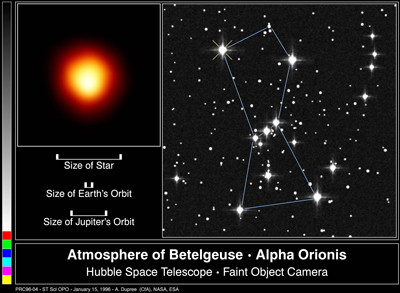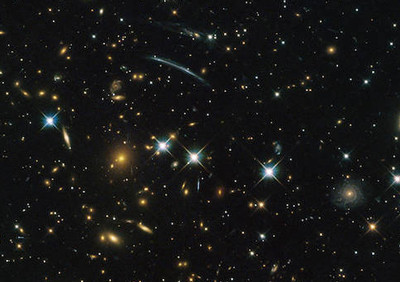Advertisement
This page tells all about the star explosions known as supernovas.

What is a Supernova?
A supernova can be defined simply as the explosion of a star. When a star explodes it releases a tremendous amount of energy, in some cases, more energy than our sun could emit in billions of years. Supernovas cause shockwaves powerful enough to propel debris 18,000 miles per second. Supernovae were first observed by Chinese astronomers sometime around the year 185 AD.
Supernovas are Complex
The science and physics behind the causes and effects of supernovae is extremely complex so the following is a simplistic explanation. A supernova normally occurs at the end of a star's life cycle, when the star itself no longer produces energy from its core through the process of nuclear fusion. When this occurs, the star may undergo gravitational collapse and turn into a neutron star or black hole. Sometimes, white dwarf stars can acquire energy and matter from a nearby star (known as a binary star or stellar companion) through its own gravity (accretion) propelling a set of complex reactions called carbon fusion. Carbon fusion will result in another process called thermal runaway, in which the star's temperature will increase at a rate that leads to its destruction (like a deadly fever in humans). A white dwarf star is an extremely dense star nearing the end of its life cycle.


















